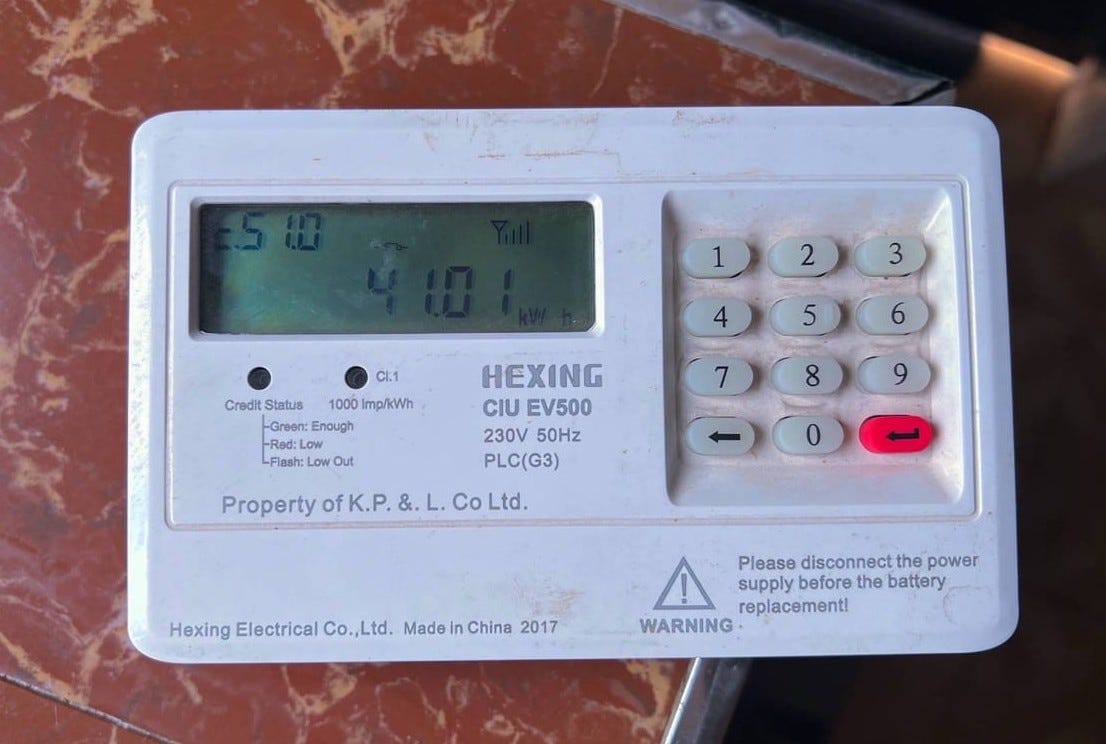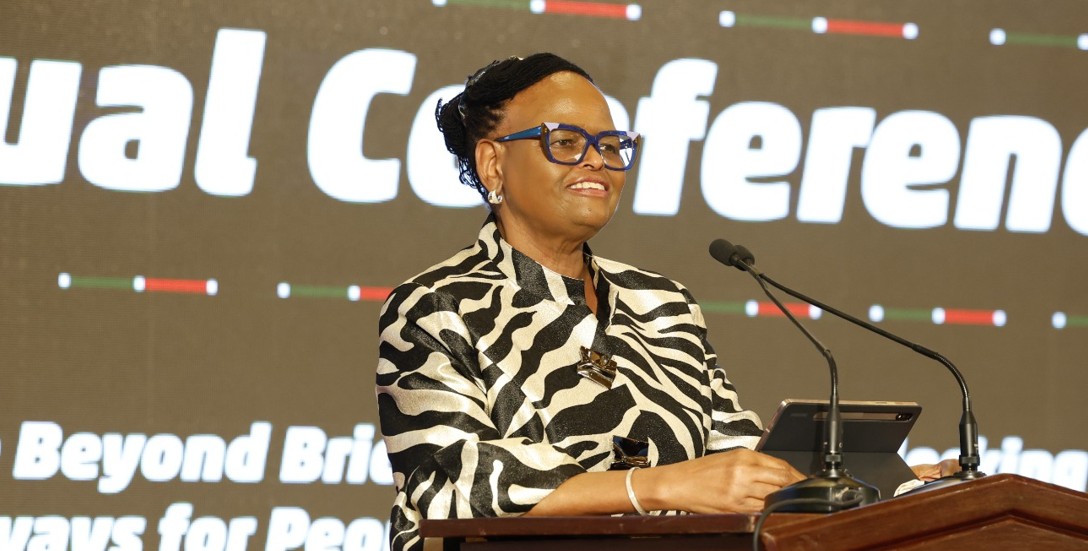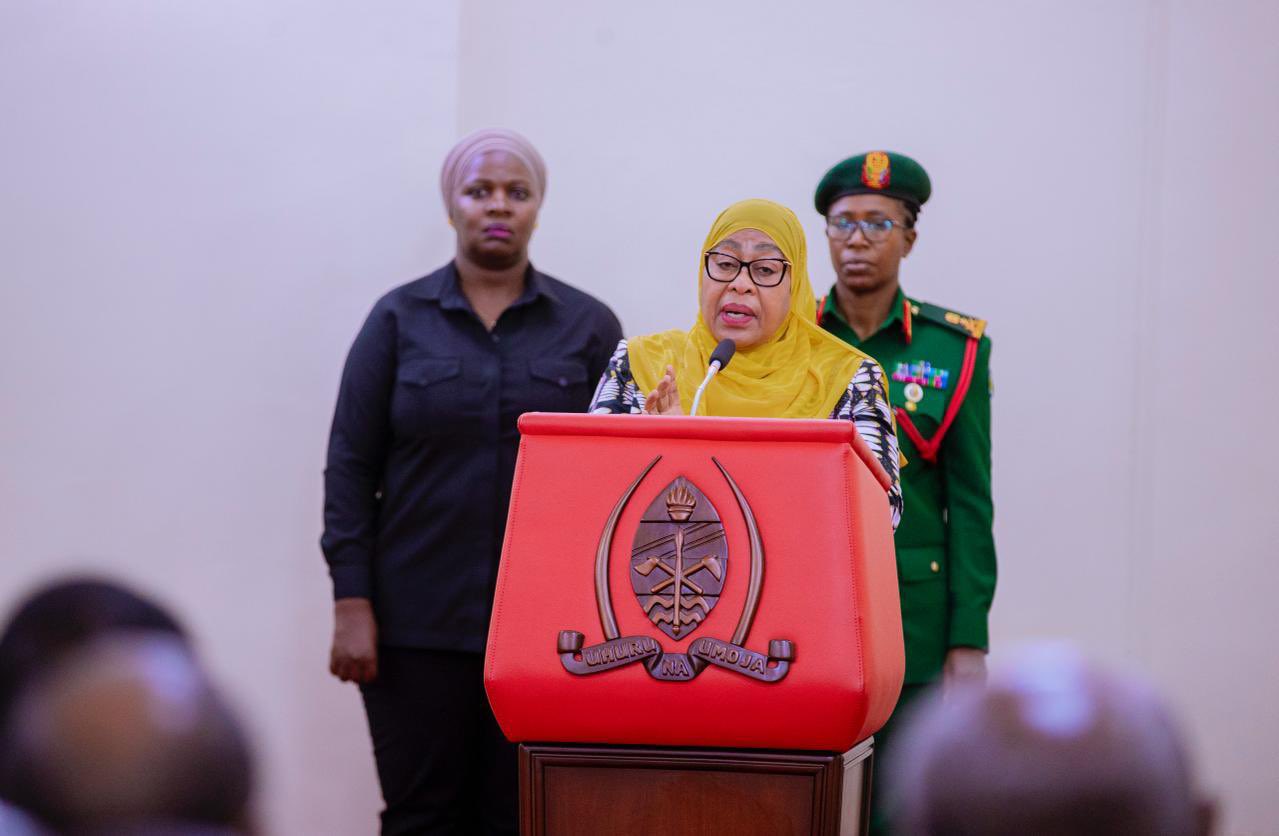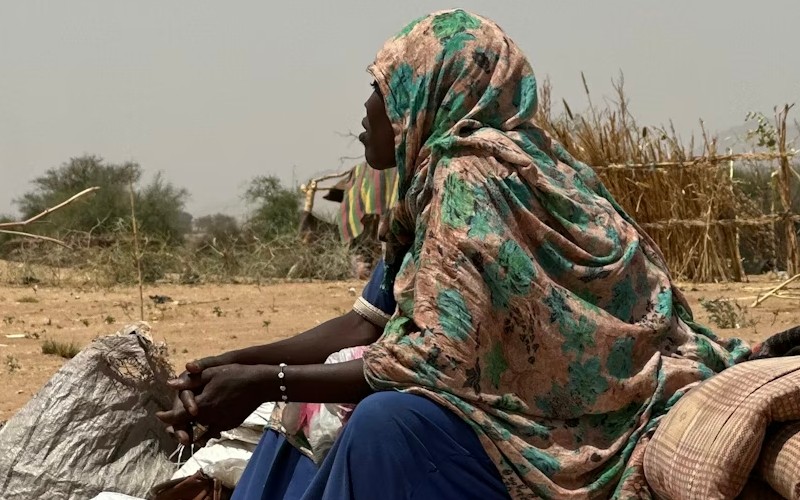Kenya’s hospitals in financial crisis as only 20pc of primary health facilities get full payments

Despite President William Ruto’s public acknowledgement of the issue three months ago, the government has yet to allocate funds to clear the billions of shillings owed, raising fears of a looming collapse in the health sector.
Kenya’s hospitals are facing severe financial difficulties, with only 20 per cent of accredited Primary Health Care (PHC) facilities receiving full quarterly reimbursements. Meanwhile, most hospitals are burdened by outstanding debts carried over from the former National Health Insurance Fund (NHIF).
Despite President William Ruto’s public acknowledgement of the issue three months ago, the government has yet to allocate funds to clear the billions of shillings owed, raising fears of a looming collapse in the health sector.
More To Read
- TSC confirms shift to SHA cover for teachers from December 1
- TSC sued over teachers’ migration from MINET insurance to SHA
- Ruto announces increase in cancer treatment cover to Sh800,000 under SHA from December 1, 2025
- Government to review SHA packages amid calls for better cancer care
- Senate probes detention of new mothers in hospitals over unpaid bills
- Ruto targets faster healthcare access with KEMSA direct medicine deliveries to hospitals
Brian Lishenga, chairman of the Rural Urban Hospitals Association (RUPHA), highlighted key irregularities revealed by a recent two-week survey conducted between April 23 and May 6, 2025.
“If you look at Level Four and Level Five facilities, two issues there that are baffling; the surgical claims which have not been moving, and yes, the legacy debts courtesy of the defunct NHIF,” Lishenga said.
The survey is part of ongoing monitoring during Kenya’s transition from NHIF to the Social Health Authority (SHA), aiming to give timely feedback to policymakers.
It found that at lower-level facilities—Level Two and Level Three—only 20 per cent receive monthly payments, leaving most hospitals financially stressed and uncertain when payments will come.
“There’s a lot of unpredictability around PHC, and it is affecting especially the level twos, level threes, and now, for the few level fours which are offering primary health care,” Lishenga explained.
Further complicating matters, 63 per cent of providers receiving payments cannot tell if the funds are for primary health care or maternity services, as payments lack clear categorisation.
The survey also revealed faith-based health facilities as the hardest hit, with all reporting financial difficulties, followed by 95 per cent of private hospitals and 84 per cent of public ones.
Many hospitals are unable to pay suppliers or manage daily operations due to delayed payments and a backlog in claims processing by the SHA.
Lishenga warned of severe consequences if immediate action is not taken: “Kenya’s health system risks systematic disinvestment from critical service areas, especially surgery, primary healthcare and inpatient care.”
The survey covered 477 healthcare facilities across the country, offering the most detailed overview so far of the financial challenges during this transition period.
Surgical claims, though only a third of total claims submitted, emerged as the biggest reimbursement problem for 39 per cent of facilities.
Top Stories Today













































